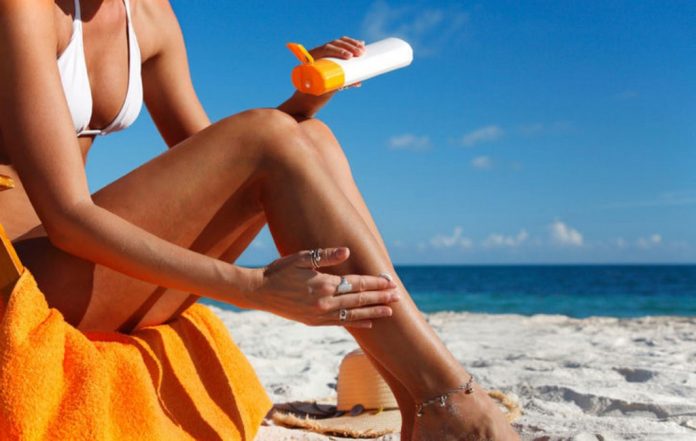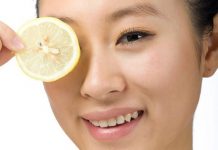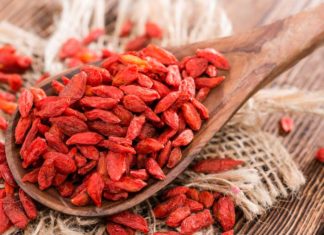
Living in Australia where the damage ozone layer is above us, hence sunscreen has become an essential factor in our daily lives. I recall commercial been develop to help drum this idea into your head growing up, “slip slop slap”. Now there are claims on organic sunscreen as a natural healthy sunscreen. Sun protection is getting more advanced.

There has been some confusion on how sunscreen work against resistance from the sun. To break this concept down in simple term, so all can understand how sunscreen SPF protection work. SPF stands for sun protection factors.
UVA and UVB
Sunscreen block ultraviolet (UV) light from damaging our skin. There is two types of UV light UVA and UVB. UVB has a short wavelength hence the damage is on the surface of the skin (sunburn). However, UVA is a more extended wavelength and penetrate into the dermis the thickest layer of the skin. This damage, the wavelength will cause long-term damages to the skin, causing premature ageing.
SPF concept
To determine the SPF level a series of tests. The subject has to go through a sun resistance test. Volunteer (20 usually sun sensitive people) would be exposed to UV to test the length of time it takes for them to burn, with and without sunscreen. In calculating the SPF, the sunscreen protected number, divided by the unprotected skin number rounding down to the nearest 5, and you get your SPF.
To work out your sun exposure time you need to know out burn rate than time with the SPF number.
SPF misconception
The misconception that people may have with sunscreen is, sunscreen does not absorb 100% of the UVB. UV absorption rate in association with the SPF does not make a significant difference in term on absorption example SPF 15 absorb or block 93.3% of the UV light while SPF 30 absorbs 96.7% and SPF 50 absorbs 98%. From these number you can see, higher the SPF the absorption/blockage rate of UV does not make much of a difference (see table at the end of the page).

The other misconception that exists is that putting SPF70 does not necessarily mean you are fully protected for the whole day. Hence you do not need to reapply. When you sweat or expose to water, the sunscreen loses its effectiveness, even if it a waterproof sunscreen. It all comes down to the right amount of sunscreen you need to apply and the reapplying on the area exposed to water and sun.
Now we know what sunscreen can protect you again the sun ray. But there is a dark side to brought sunscreen. There is an emerging claim that sunscreen can cause cancer and substance in the product can be poisonous causing many potential sicknesses like cancer. When we heavily rely on this product for sun protection, this is a major issue. Even the latest tend of mineral sunscreen using zinc oxide, and Titanium dioxide has been a link to helping cancer cell and even brain damage (titanium dioxide).
These mineral or physical protection sunscreen is one of the reasons why making your sunscreen without chemical is essential for us and using natural organic sunscreen is critical. Knowing what the product will give you a piece of mind.
Below are some of the receipts you can use to make your sunscreen.
Aloe Vera Sunscreen
1 cup (240ml) Aloe Vera juice
1/4 cup (60ml) avocado oil
15 drops carrot seed essential oil
10 drops myrrh essential oil
Add all ingredients to a sprayer bottle. Shake before each use.
Cream sunscreen
1/2 cup (120ml) Shea Butter
1/3 cup (80ml) Coconut oil, melted
15 drops carrot seed essential oil
40 drops myrrh essential oil
Measure ingredients carefully, because a little variance makes a big difference in the end fluffiness. Whip raw shea butter until creamy. Slowly add melted coconut oil while whipping. Add essential oils (and zinc oxide if adding – do not inhale!) and whisk until fluffy.
1/4 cup (60ml) coconut oil
1/4 cup (60ml) shea butter
1/8 cup (30ml) sesame or jojoba oil (next time we’ll swap out for avocado oil)
2 TBSP beeswax granules (use more if you want it more water resistant)
1 TSP (5ml) Red Raspberry Seed Oil
1 TSP (5ml) Carrot Seed Oil
Measure ingredients carefully, because a little variance makes a big difference in the end fluffiness. Whip raw shea butter until creamy. Slowly add melted coconut oil while whipping than the oils.
Sunscreen lotion
Ingredients:
1 to 2 cups of raw, unrefined coconut oil (solid form)
1/4 to 1/2 cup Wheat germ oil
1/8 cup real Olive oil (beware most olive oil is fake)
1/8 cup Hazelnut oil
1/8 cup Jojoba oil SPF 4
1.4 to 1/2 raw shea butter
5 to 20 drops each essential oil or essential oil combo you like
Measure ingredients carefully, because a little variance makes a big difference in the end fluffiness. Whip raw coconut oil creamy. Slowly add the other oils while whipping than the oils. Put the mixture into a container and store at room temperature.
The table below contains the SPF of oils. Oils are natural sunscreen some have more protection than others. If you want to keep it simple just use these oil that suits your skin type as a sunscreen. You need to reapply during the day.
| Carrier Oil | SPF |
| Almond Oil | 5 |
| Argon oil | 30 |
| Avocado (unrefined) | 4 – 15 |
| Black Castor | 6 |
| Carrot Seed Oil | 38 – 40 |
| Castor Oil | 6 |
| Coconut | 2 – 8 |
| Emu oil | 15 |
| Fractionated coconut oil | 3-5 |
| Grape seed oil | 5 |
| Hazelnut oil | 15 |
| Jojoba oil | 4 |
| Macadamia Nut | 6 |
| Natural Unrefined Cocoa butter | 15 |
| Neem oil | 15 |
| Olive | 2 – 8 |
| Olive oil | 8 |
| Palm oil or Palm Shortening | 5-20 |
| Raw coconut oil | 20 |
| Red Raspberry Seed | 28 – 50 |
| Refined Coconut oil | 5 |
| Rosehip seed oil | 15 |
| Sesame Seed oil | 2 – 4 |
| Shea Butter | 5 – 10 |
| Soybean | 10 |
| Tamanu oil | 20 |
| Vitamin E oil | 15 |
| Wheat Germ oil | 20 |
| Essential Oils are usually | 4 |
As mention previously that the level of absorption or UV blockage does not make much difference the higher the SPF is. Below is the table for as a guide for you to understand the level of blockage/absorption you want.
| SPF rate | UV blockage % |
| 2 | 50 |
| 4 | 75 |
| 10 | 90 |
| 15 | 93.3 |
| 30 | 96.67 |
| 50 | 98 |
| 70 | 98.57 |
| 100 | 99 |
Try one of this receipt out and let me know how you go? Let me know which one works for you.













